
New practitioners are briefed about Japanese shouts used in training and competing.
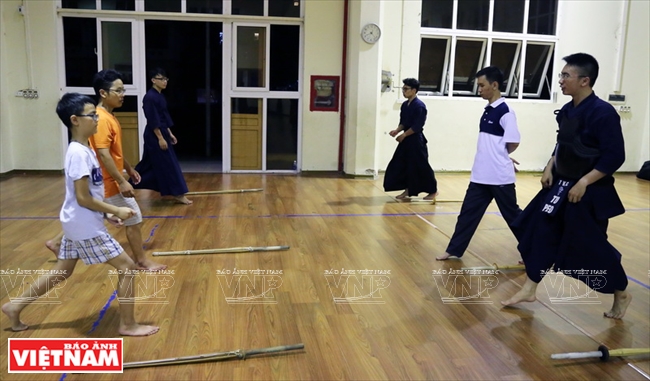
New kendokas practice basic techniques.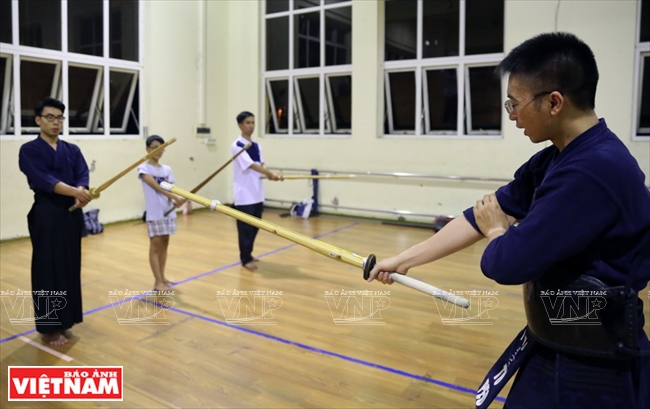
A bamboo sword (Shinai) is used in practice instead of the Japanese sword Katana.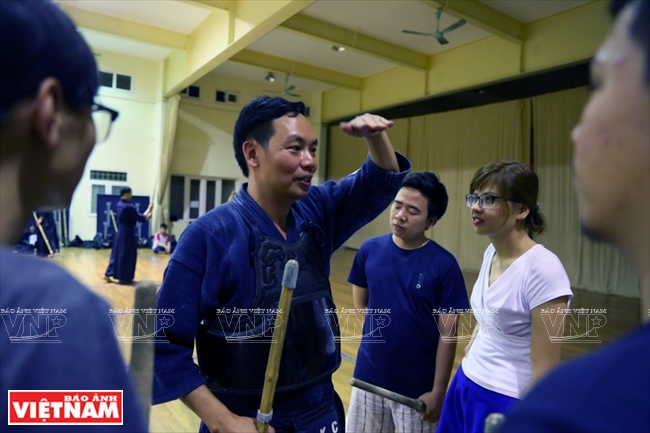
Le Hai Son (President of Kendo Thang Long Club) instructs new students on moving techniques in Kendo.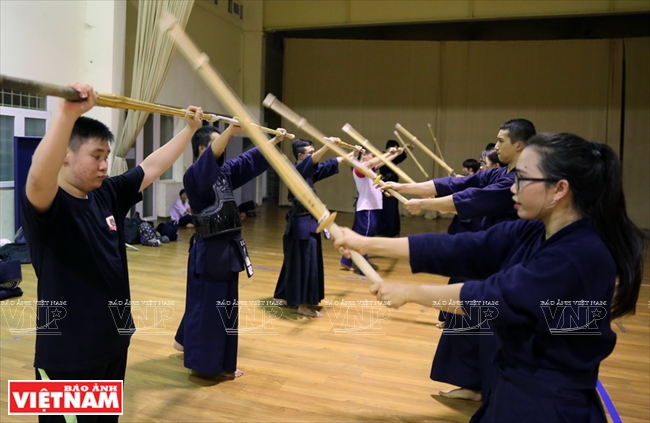
Kendo requires students to continuously practice techniques until thoroughly mastered.
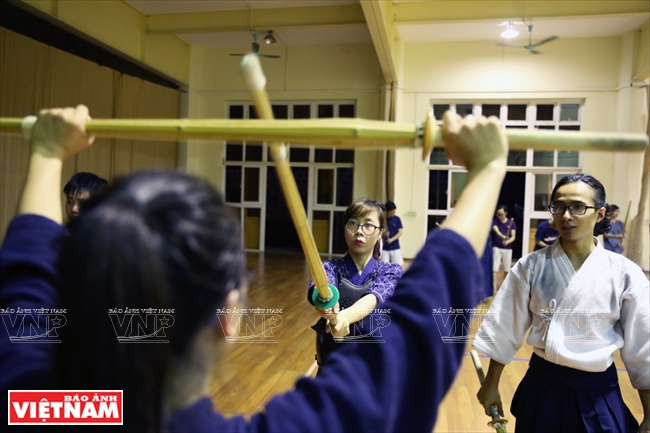
Kendokas are divided into two groups to practice striking and defence techniques.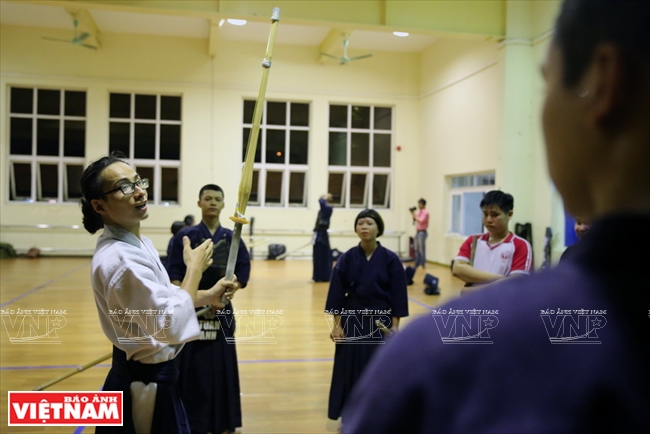
Preserving good manners, respect and politeness among people is one of the aims of practicing Kendo.
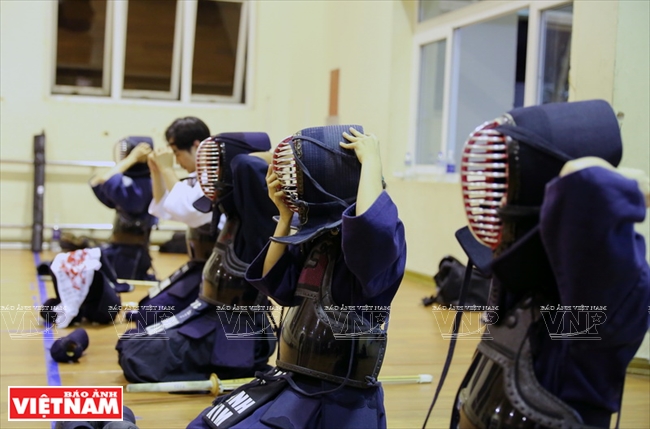
In order to ensure safety, practitioners have to be equipped with protective armor.
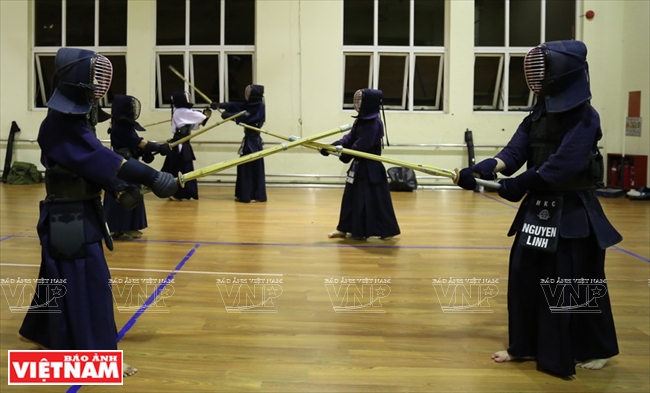
Like in other sects of Japanese martial arts, kendokas practice and compete in bare feet. The most ideal
place for practicing is in arenas with clean wooden floors.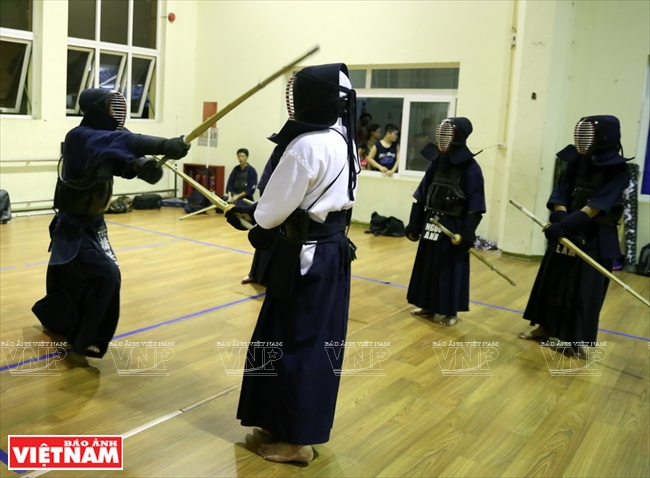
Kendo has only four basic strikes and thrusts which aim at the head, wrist, belt, and throat.
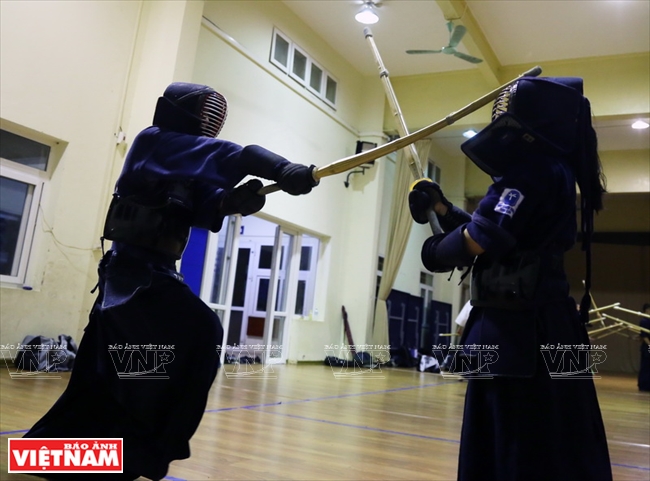
The way of the sword lies in four words: Spirit, Sword, Body and Singularity (ki, ken, tai, ichi).
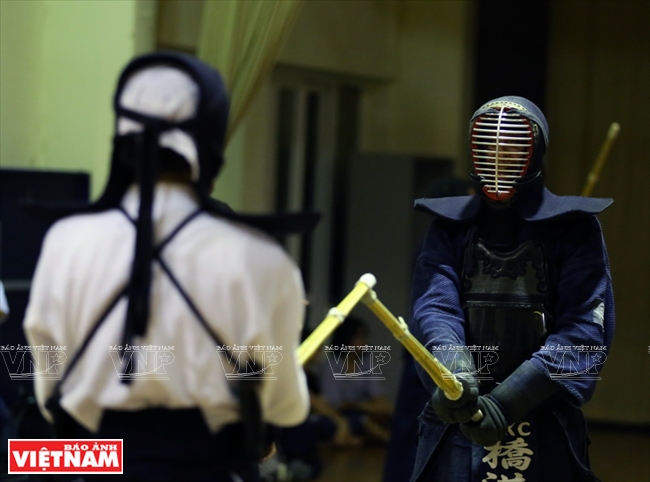
The theory of Kendo is to discipline the human character through the application of the principles of Katana (the sword).
Winning over oneself is much more important than beating an opponent.
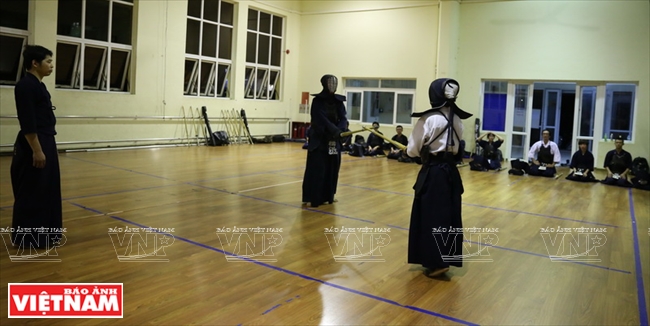
At the end of each practice session, the instructor picks a kendokas of an equivalent level for friendly fights,
helping practitioners to learn from each other.

Techniques are practiced repeatedly during classes so that kendokas can master them.
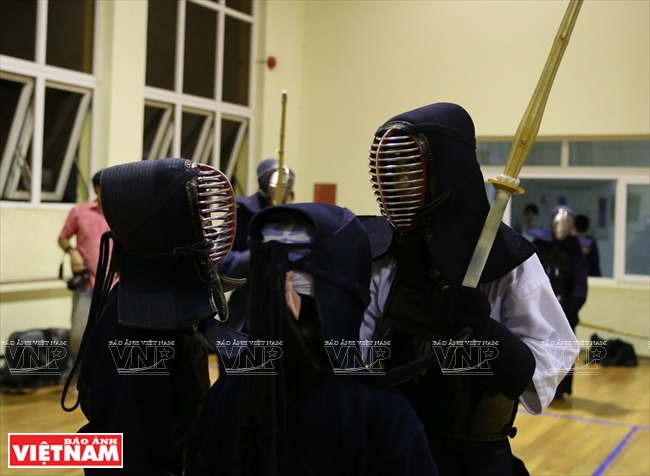
During practice, kendokas often exchange their ways of conducting strikes using learned techniques.
|